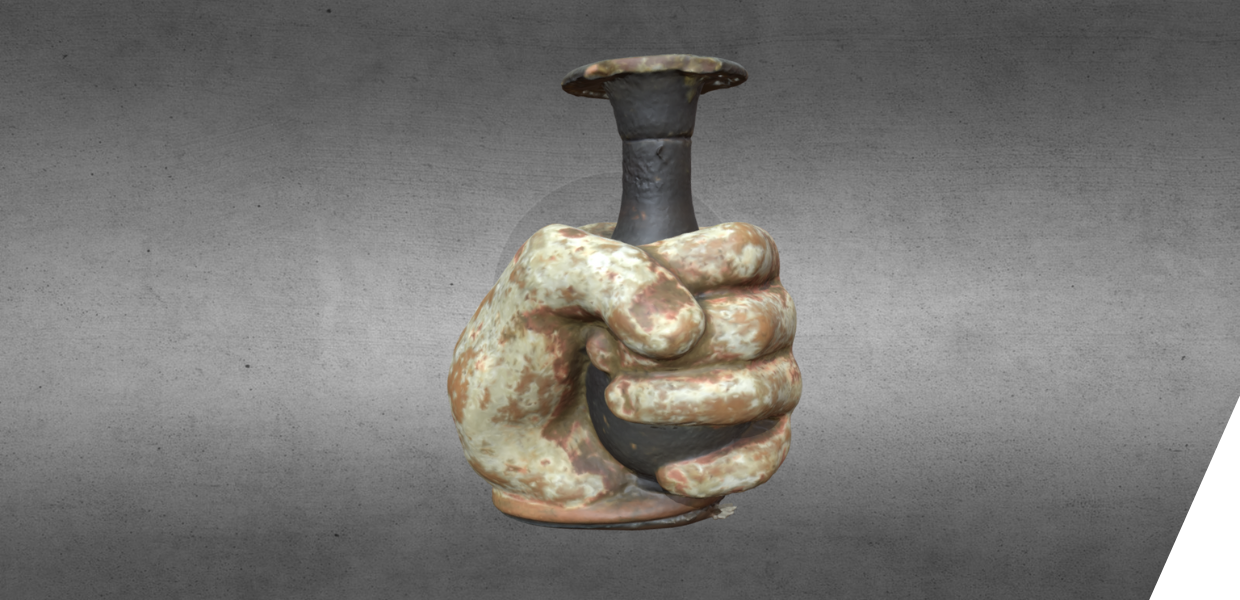The need for 3D digitisation of cultural heritage is more relevant than ever, with recent devastating events like the destruction of cultural property during armed conflicts or natural hazards caused by changing climate conditions reminding us that cultural heritage is fragile and at constant risk. Digital technologies, including 3D, play an important role in the preservation and restoration of cultural heritage, offering a regenerative lifeline for sites facing man-made and natural threats.
But what is needed for the successful 3D digitisation of cultural heritage? A study, led by Cyprus University of Technology and published in 2022, identified all key and relevant elements for successful 3D digitisation of cultural heritage, classifying them by degree of complexity and purpose or use.
The study provides a definition and criteria for quality in a 3D digitisation project and makes an inventory of existing formats, standards, guidelines and methodologies used in the industry. It also collects a number of past digitisation projects, existing 3D models and success stories serving as benchmarks for 3D digitisation of tangible cultural heritage. It demonstrates how a successful 3D digitisation project relies on a subtle balance between the complexity of the object (whether it is a building, a site or a small object) to be captured, the quality of the model to be achieved and the resources available to fund the project.
The study on quality in 3D digitisation of tangible cultural heritage provides a framework for cultural heritage professionals and institutions to define and produce high quality 3D models. It was made possible thanks to funding by the European Commission, Directorate-General for Communications Networks, Content and Technology (DG CNECT). You can read the full study here.
Find out more
If you are interested in learning more about 3D and digital cultural heritage, don’t miss the Europeana conference under the Swedish Presidency of the Council of the EU, 'Accelerating 3D in the common European data space for cultural heritage: Why 3D matters.'
The conference will focus on 3D, looking at aspects, insights and inspirations on 3D as one of the main facets of the common European data space for cultural heritage and the digital transformation of the sector. Dr. Marinos Ioannides of the Digital Heritage Research Lab (DHRLab) at Cyprus University of Technology and Director of UNESCO Chair on Digital Cultural Heritage (CH), who led the study on quality in 3D digitisation of tangible cultural heritage described above, will speak at the conference - don’t miss your chance to learn more!



